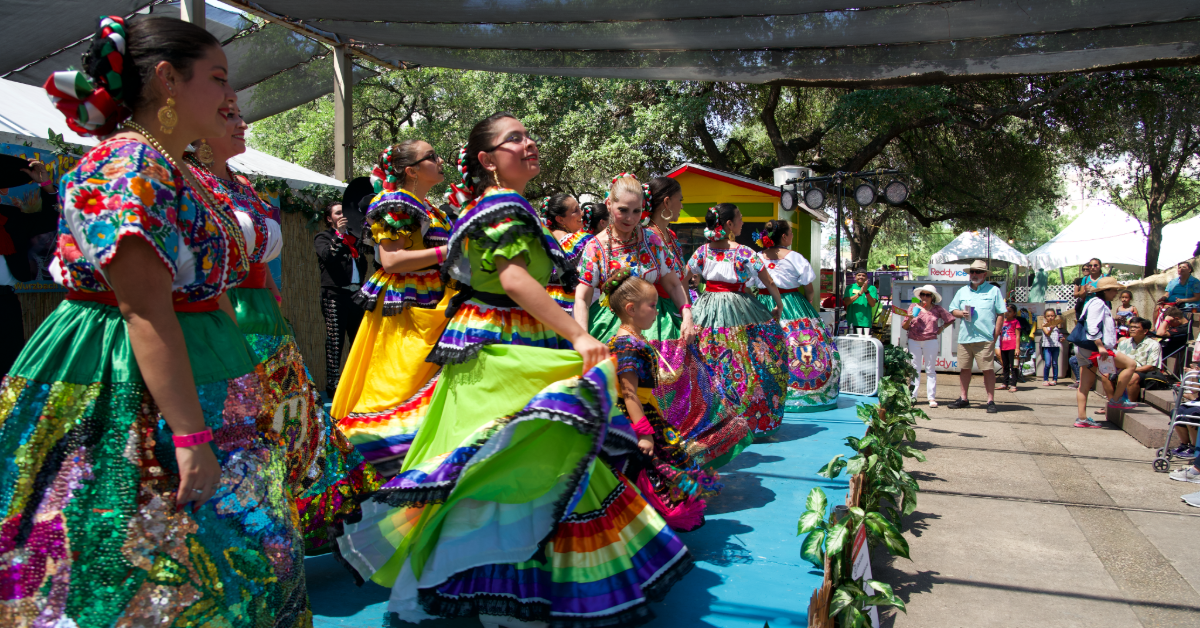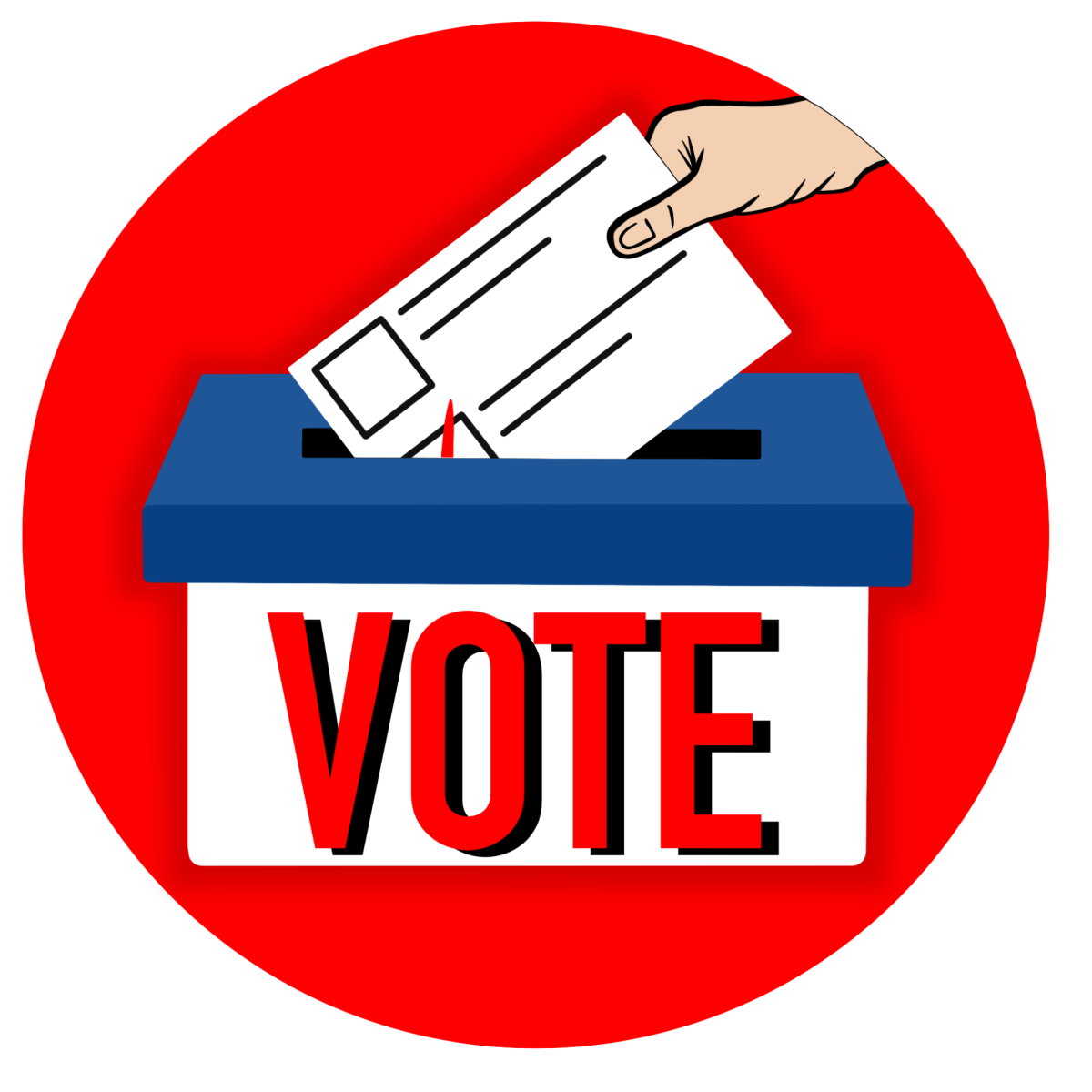Despite his short career, Buddy Holly is one of America’s most revered musicians of all time despite his short career. Released in 1958, “Buddy Holly,” focused on more of his vocals as Holly gradually separated from his former band, The Crickets.
“I’m Gonna Love You Too” is Holly’s first track on the album. It is a track with a nice up-tempo and some infectious playing with boastful lyrics that only thinly veil heartbreak. The single was released in 1957 but failed to make the top 100. One of Holly’s best known songs, “Peggy Sue” hit America like a punch in the gut and traveled to number three on the Billboard Top 100 chart in 1957. The song was inducted into the Grammy Hall of Fame in 1999 and has been covered by many artists from John Lennon, to Blink-182, to Waylon Jennings, and to the Hollies. Lastly, “Look at Me” is a nice and sweet song featuring a smooth piano melody to match Buddy Holly’s vocals.
The quasi-tropical tune, “Listen to Me” goes great with the Elvis-inspired (even though it was a Fats Domino Cover)and melodic, “Valley of Tears.” Another cover is the Holly version of Little Richard’s commonly covered “Reddy Teddy.” Holly adds more of a rock vibe as he shouts the lyrics throughout the song.
The B-side to “Peggy Sue” “Everyday” is another tune that has been covered many times. Holly plays acoustic guitar while drummer Jerry Allison slaps his hands on his lap for percussion. Joe B. Mauldin plays a standup acoustic bass and producer Norman Petty’s wife, Vi, plays the celeste, a keyboard instrument with a glockenspiel-like tone that almost sounds like a xylophone. “Mailman, Bring Me No More Blues” is a semi-bluesy song that reminds me of a subtle Elvis tune, but in Holly’s own original sound. Speaking of Elvis, the cover of “(You’re So Square) Baby, I Don’t Care” is another sweet tune to the album that is a fan-favorite among others.
The track, “Words of Love,” is an enjoyable song with vocal harmonization, while “Little Baby,” is a tad bluesy with piano chords throughout. “Little Baby” went on to reach number thirteen on the Billboard Hot 100 in July 1957. The hit song, “Rave On” was a cover that was one of Holly’s six songs that charted in 1958. Holly is instantly recognizable as the record begins with the drawn-out “Well…” as stylized by Holly’s trademark hiccup (“Weh-uh-heh-uh-ell…”).
Holly continued his famous career onto his next album later in that year. Holly’s well drawn out vocals mesh well with the Crickets’ playing. This was Buddy Holly’s last album with the Crickets as the following album would be a solo. Listen and enjoy the pleasant sounds of “Buddy Holly.”







